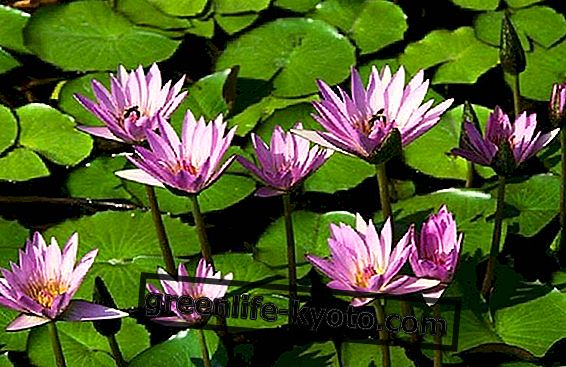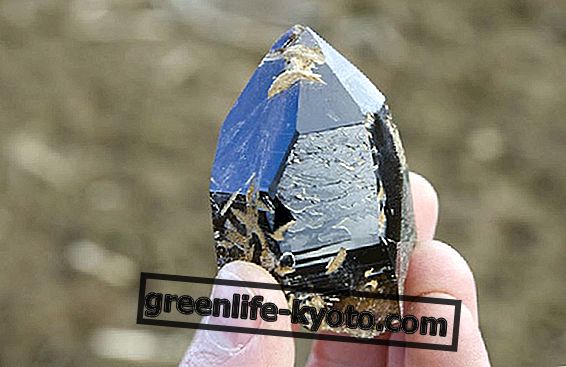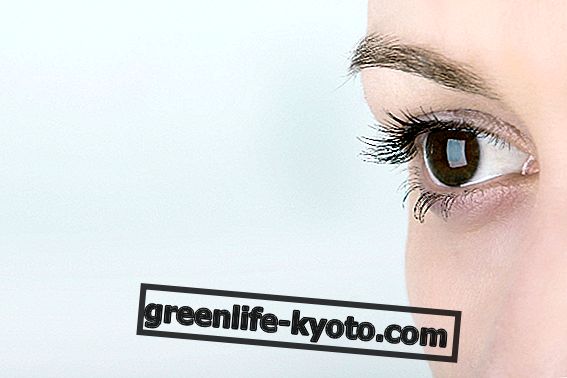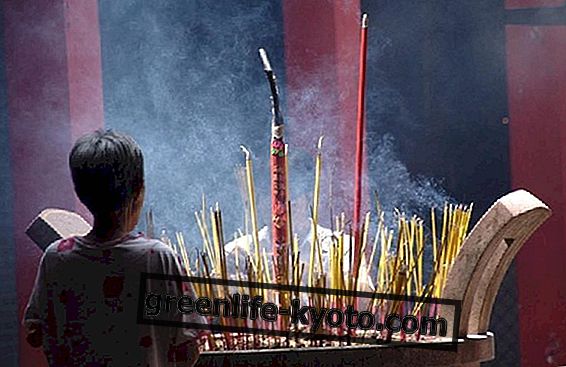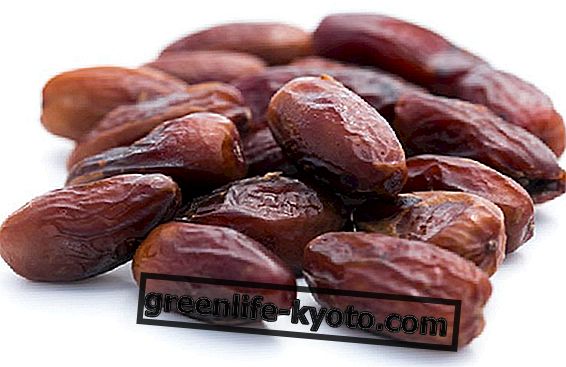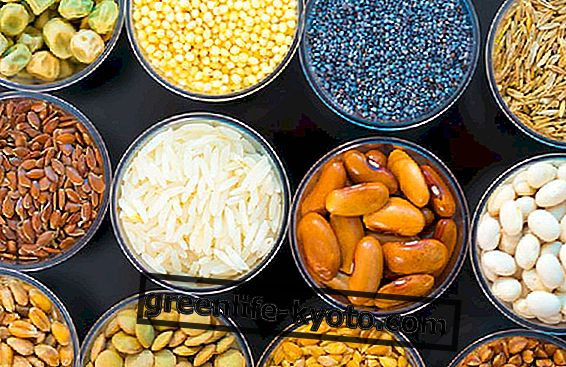
Warts are benign growths that can appear on the skin of the feet, hands or other areas of the body and be bothersome and unsightly: let's see how the infection occurs, how to prevent it and how to eliminate warts with natural remedies.
Warts: what they are and how the infection occurs
Warts are benign growths caused by infection with the human Papilloma virus (HPV), which induces abnormal growth of epidermal cells. In the area of the wart, the skin appears therefore hardened and in relief but does not present inflammation: the wart appears therefore of the same color of the surrounding skin and does not cause pain or itching.
Warts can appear at any age and in any part of the body but the infection is more frequent on the skin of hands and feet due to direct contact with the virus. The infection occurs on the injured skin by direct contact with the Papilloma virus : for example, it is common to be infected by attending changing rooms and in the common showers of swimming pools and gyms.
To prevent infection, it is advisable to always wear slippers both in the places just mentioned and at home, if one of our relatives has warts on their feet. If you live with a person who has warts on their hands, they should avoid contact on the injured skin of the hands, face and other parts of the body.
The virus does not spread at a distance from the point of contact, but it can spread with self-contact: the warts of the hands can then spread to the face or to other areas of the body.
Often warts regress over two years but in many cases they are relapses and tend to reform even after treatment.
Warts, how to eliminate them with natural remedies
The small warts can be treated with natural remedies including the essential oil of Tea tree and garlic, with antiviral action: the essential oil of Tea tree can be applied on the warts after having diluted it in olive oil or of sweet almonds (a drop for a teaspoon of vegetable oil) while with regards to garlic, it is sufficient to rub a cut clove.
To eliminate warts, the latex of some plants and herbs such as fig, celandine and euphorbia is also effective: the latex produced by these plants is weakly caustic and applied consistently several times a day directly on the wart, can help eliminate it .
Often the plant's latex is toxic, so care must be taken to avoid contact with the eyes and not to ingest it: in particular the euphorbia latex, very effective against warts, is highly irritating.
In herbal medicine, ready-to-use lotions can be purchased to be applied consistently on the wart to eliminate it; these preparations are generally based on propolis, basic substances with a slightly caustic action and vegetable substances such as salicylate extracted from willow or spirea, or podophyllin, a resin obtained from the root of Podophyllum peltatum.
Warts with more important dimensions can be eliminated in dermatological clinics through effective and safe treatments such as cutting, burning or freezing the wart: in these cases, the possibility of any scars left by the removal of the wart must be considered.
